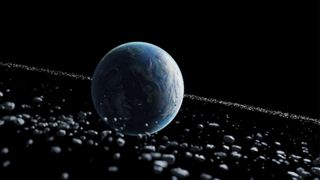Solar System
Explore Solar System
Latest about Solar System
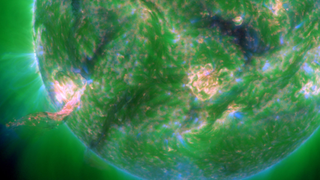
Equinox increases chances of geomagnetic storm from solar eruption this week
By Robert Lea published
The sunspot AR3835 erupted on Sunday (Sept. 22) during Earth's equinox when even a glancing blow can cause a geomagnetic storm.

What the 1st analysis of China's Chang'e 6 lunar far side samples revealed
By Andrew Jones published
In late June, the Chang'e 6 lunar lander returned to Earth with samples of the moon. Now, the first paper about these samples has been published.
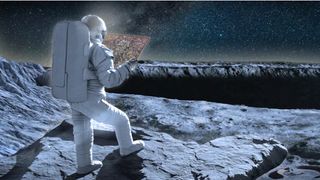
NASA invites public to design Artemis moon mission navigation tech
By Samantha Mathewson published
NASA is seeking the public's help for innovative solutions to help Artemis astronauts navigate in and around the lunar south pole.
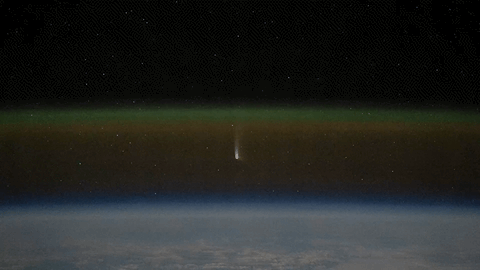
Astronaut captures stunning timelapse of Comet Tsuchinshan-ATLAS from ISS (video)
By Victoria Corless published
A video filmed by NASA astronaut Matthew Dominick shows a rare glimpse of Comet Tsuchinshan-ATLAS as seen from the International Space Station.
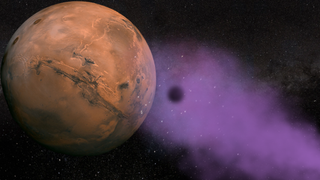
Black hole 'bullets' fired at Mars could reveal more about dark matter
By Robert Lea published
Tiny black hole "bullets" left over from the Big Bang could be passing through Mars at speeds in excess of 7,000 times the speed of sound, causing the Red Planet to "wobble."
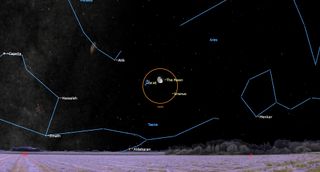
See the moon meet up with the Seven Sisters of the Pleiades this weekend
By Joe Rao published
During the morning hours of Sunday, Sept. 22, skywatchers will be able to watch a waning gibbous moon cross in front of probably the most popular of all the star clusters in the sky: the Pleiades.
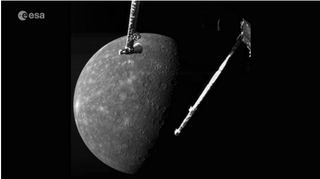
Magnetic mystery at Mercury revealed by BepiColombo probe (video)
By Sharmila Kuthunur published
The BepiColombo probe's flybys of Mercury have revealed just how sharply and rapidly the planet's local environment changes in response to the solar wind.
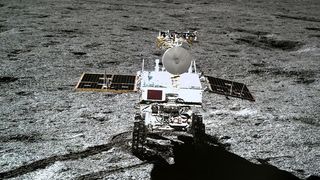
China's Yutu 2 rover still going strong after nearly 6 years on the far side of the moon (video)
By Andrew Jones published
China's Chang'e 4 rover Yutu 2 has been working on the far side of the moon for nearly six years. It was designed to operate for just three lunar days, or about three Earth months.
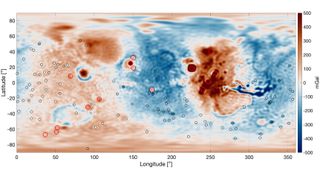
The largest volcano on Mars may sit above a 1,000-mile magma pool. Could Olympus Mons erupt again?
By Keith Cooper published
A low-density, weak-gravity region has been found below Olympus Mons and the Tharsis volcanoes, while Mars' northern hemisphere is littered with puzzling high-gravity structures beneath the surface.
Get the Space.com Newsletter
Breaking space news, the latest updates on rocket launches, skywatching events and more!
